ID: V3L-ND8J
ID: V3L-ND8J
Roxburgh fig
Ficus auriculata
Photo
Nepal
20:55 - 17°C
My connections
My ID card
Who am I?
Date of birth
12/20/2023
Name
Roxburgh fig
Tree
Roxburgh fig
Where am I located?
Country
Nepal
Place of birth
Uttargaya
Coordinates
28° 1′ 2.2″ N
85° 11′ 36.29″ E
/85.19341437,28.01727701,0/500x333@2x?access_token=pk.eyJ1IjoidG9tbWFzb3NwZXJvbmkiLCJhIjoiY2tnOTE3eW12MDJqazMybXNzOWV1YjloOSJ9.wtGsuDU7XIKjcv2cq8CiXw&logo=false&attribution=false)
My Timeline
The important moments in your tree's life.
Seed
It all starts with a tiny seed, nice and warm in the soil.
Nursery
Your seedling is big enough to be welcomed into one of our nurseries, along with many others.
Planted
We’re here! Your tree has reached its new home: it’s been planted by a smallholder, who’ll take care of it for years to come.
Photo
Strike a pose! Now that it’s big enough, here’s a photo of your tree!
My Gallery
Nursery
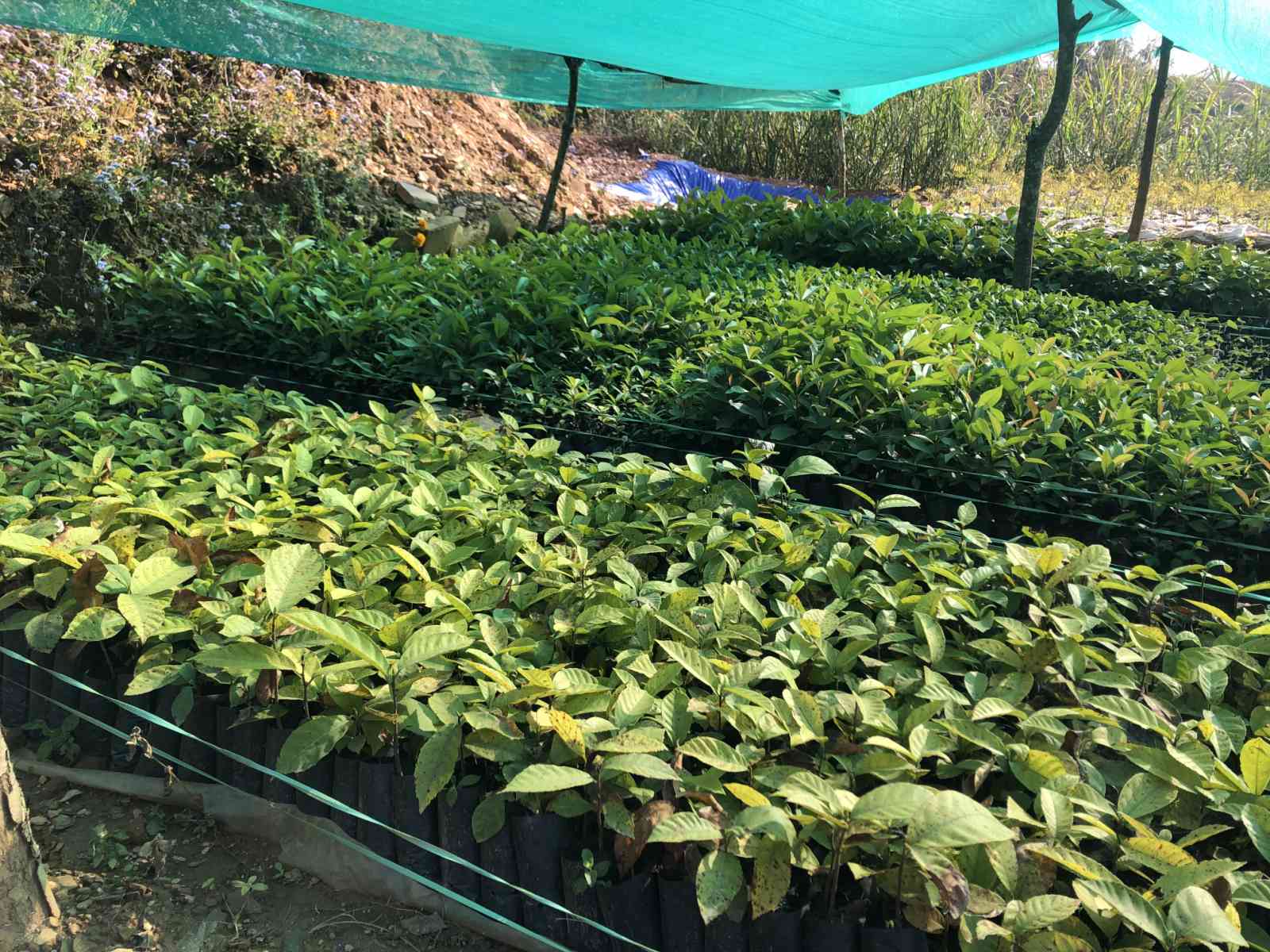
Planted
/85.19341437,28.01727701,0/500x333@2x?access_token=pk.eyJ1IjoidG9tbWFzb3NwZXJvbmkiLCJhIjoiY2tnOTE3eW12MDJqazMybXNzOWV1YjloOSJ9.wtGsuDU7XIKjcv2cq8CiXw&logo=false&attribution=false)
85° 11′ 36.29″ E
Photo
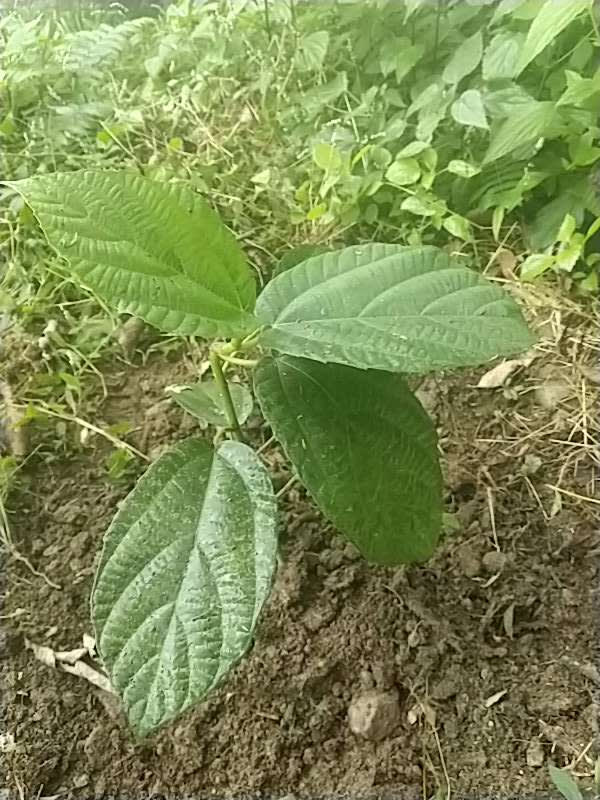
Curiosity about me
The important moments in your tree's life.
Let's start with introductions
Ficus auriculata, or "nimaro" as it called by the local population, is an evergreen tree that grows up to 12 metres in height. The nimaro often has more than one trunk, with each of them reaching up to 15 cm in diameter. Nimaro fruits grow near the trunk – large figs that turn a striking red when they ripen. The tree is planted for these edible fruits and other medicinal uses. The nimaro grows exclusively in forests and valleys with high humidity, mainly in Southeast Asia and China, but also in most of Brazil.
Meaning
Sensitivity
When in bloom, the nimaro glows in a bashful red. It is also very sensitive: if temperatures drop below 0, the tree can no longer survive.

How much CO2 I’ll absorb
My estimated CO2 absorption capacity is based on the first 10 years of my life*
Current absorption
- 0 kg
2023
0 kg
2033
-100 kg
* The tree will continue to absorb CO2 even after the tenth year. Therefore this is a prudent estimate.
How I am useful to local communities
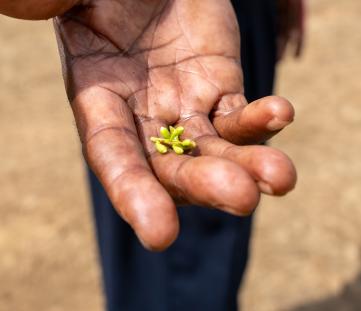
Medicine
Its leaves, roots, bark and/or fruits are used in traditional medicine.

Consumption and sales
Its fruits, seeds and/or leaves are used as food in the farmers' families or are sold on local markets.
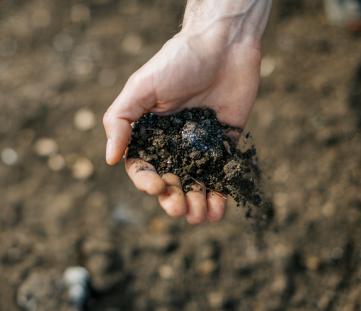
Soil
It improves the quality of the soil thanks to the nitrogen fixation process or it reduces soil erosion, thanks to its extended root system.
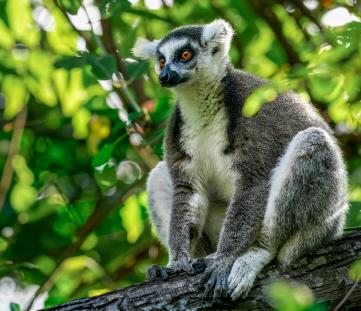
Biodiversity
It helps restocking various animal species, thus helping the variety of fauna and flora overall.
My benefits
80%
Food Security
The trees will bear fruits, some that will be edible immediately and others that can become edible through processing, ensuring food resources over time.
60%
Economic development
The trees' fruits and the products derived from their transformation can be traded in local networks, offering income opportunities.
30%
CO₂ Absorption
During its life cycle, each tree will offset CO₂. The trees that you plant can offset your emissions.
60%
Environmental protection
The trees are planted in agroforestry systems that favor the virtuous interaction between the different species and their positive impact on the environment and on the land.